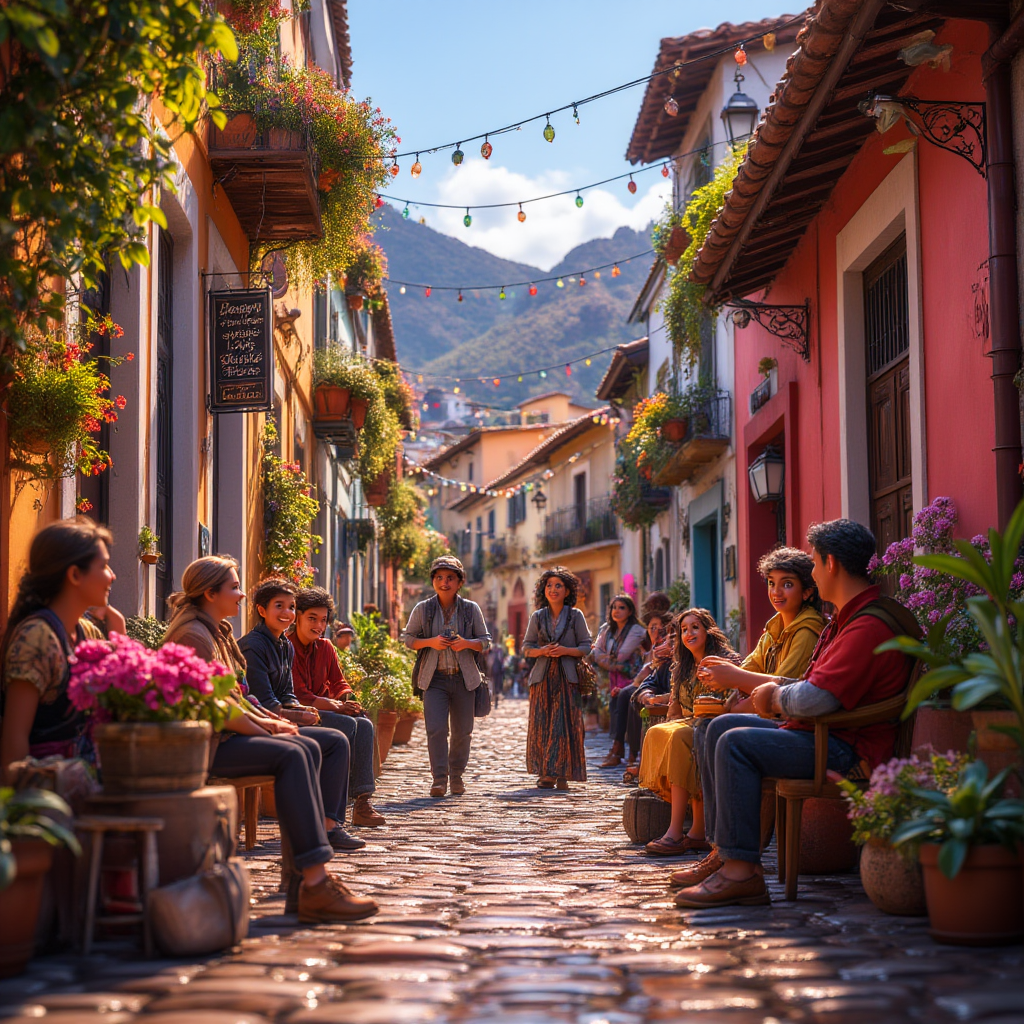Speaking Chilean Is Not The Same Thing As Speaking Spanish

Speaking Chilean: A Unique Twist on Spanish
If you ever found yourself in the vibrant streets of Santiago, fascinated yet bewildered by the melodic cadence of the people around you, raise your hand! I certainly did, standing amidst a bustling crowd, convinced that my years of Spanish classes had prepared me for this moment. However, the moment I approached a friendly vendor to ask for a simple "¿dónde está la plaza?" my confidence shattered, as I was met with a playful chuckle rather than a graceful nod.
A Dialect Born from Culture
Chile’s official language is, of course, Spanish. However, one quickly learns that Chilean Spanish dances to a different rhythm, flavored by local culture, history, and an unparalleled penchant for slang. This experience is akin to walking into a lively fiesta and realizing everyone is speaking a dialect only native attendees understand.
Unraveling the Mysteries of Vocabulary
With a blend of confusion and intrigue, I immersed myself in the creative vernacular of the locals. Take, for instance, the ubiquitous word “hueón,” translatable as “dude” or “guy,” yet used in a multitude of contexts from casual greetings to affectionate jests. It takes a seasoned traveler to understand that its usage hinges entirely on tone and context—sometimes friendly, sometimes not.
On one sunny afternoon, I overheard a group of friends passionately debating the latest football match, peppering their conversation with terms that felt both foreign and oddly familiar. Words like “cachay?” (Do you get it?) flowed effortlessly, while “al tiro” (right away) became part of my everyday lexicon, attempting to fit in with the spirited chatter.
Adapting to the Chilean Way
But what struck me most was how this vibrant dialect serves as a culmination of Chilean identity. It is not merely a means of communication but a gateway into understanding the heart of a people. To truly grasp Chilean Spanish, one must embrace its quirks and imperfections, because let’s face it: “¿Cómo estay?” (How are you?) captures a casual intimacy that is utterly unique.
As the sun dipped below the Andes, casting a golden hue over the city, I realized that this linguistic adventure was more than just a study of words. It was a journey that transcended simple conversation and bridged cultures, illustrating how language evolves and adapts within the rich tapestry of human experience.
The Beauty in the Challenge
So, as you prepare for your next venture into the land of empanadas and pisco, remember that understanding Chilean Spanish is not just about grammar and vocabulary. It’s about diving headfirst into a pool of rich culture, playful slang, and a community that welcomes you to stumble through their delightful dialect.
Have Thoughts or Questions on this Topic?
I would love to hear from you! What other aspects of Chilean or Spanish culture captivate your interest? Are there specific tales or styles you'd rather see? Your insights help sculpt the stories we explore, and I can't wait to journey further into this beautiful cultural landscape with you.
Until next time, my adventurous friends, keep exploring, keep learning, and remember that every language is a bridge leading you to understanding and connection!




